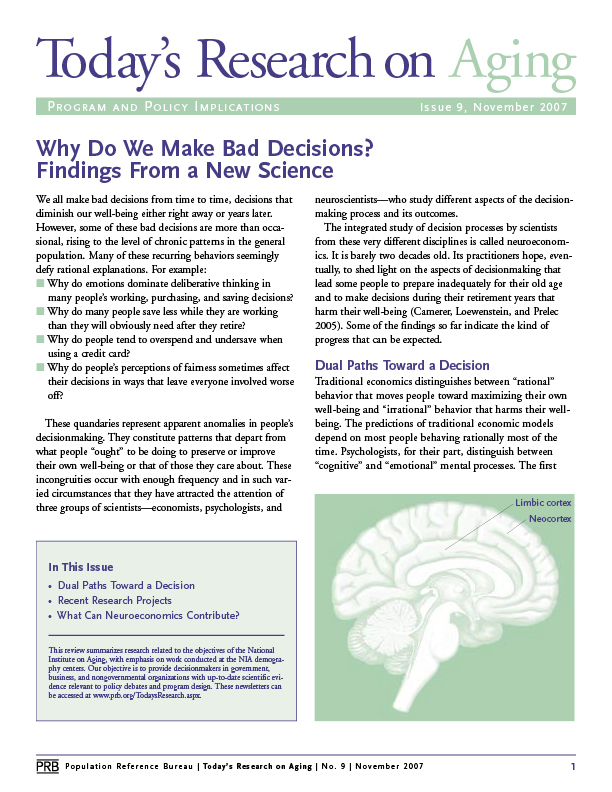India Proposes Retooled Population Policy
(2000) Fifty-three years after independence, India is still looking for a viable policy to control population growth. Although it was the first country to adopt a family planning program, in 1952, the country is still growing by 15.5 million people each year and, if this trend continues, India may overtake China in 2045 by reaching a population of 1.5 billion.






